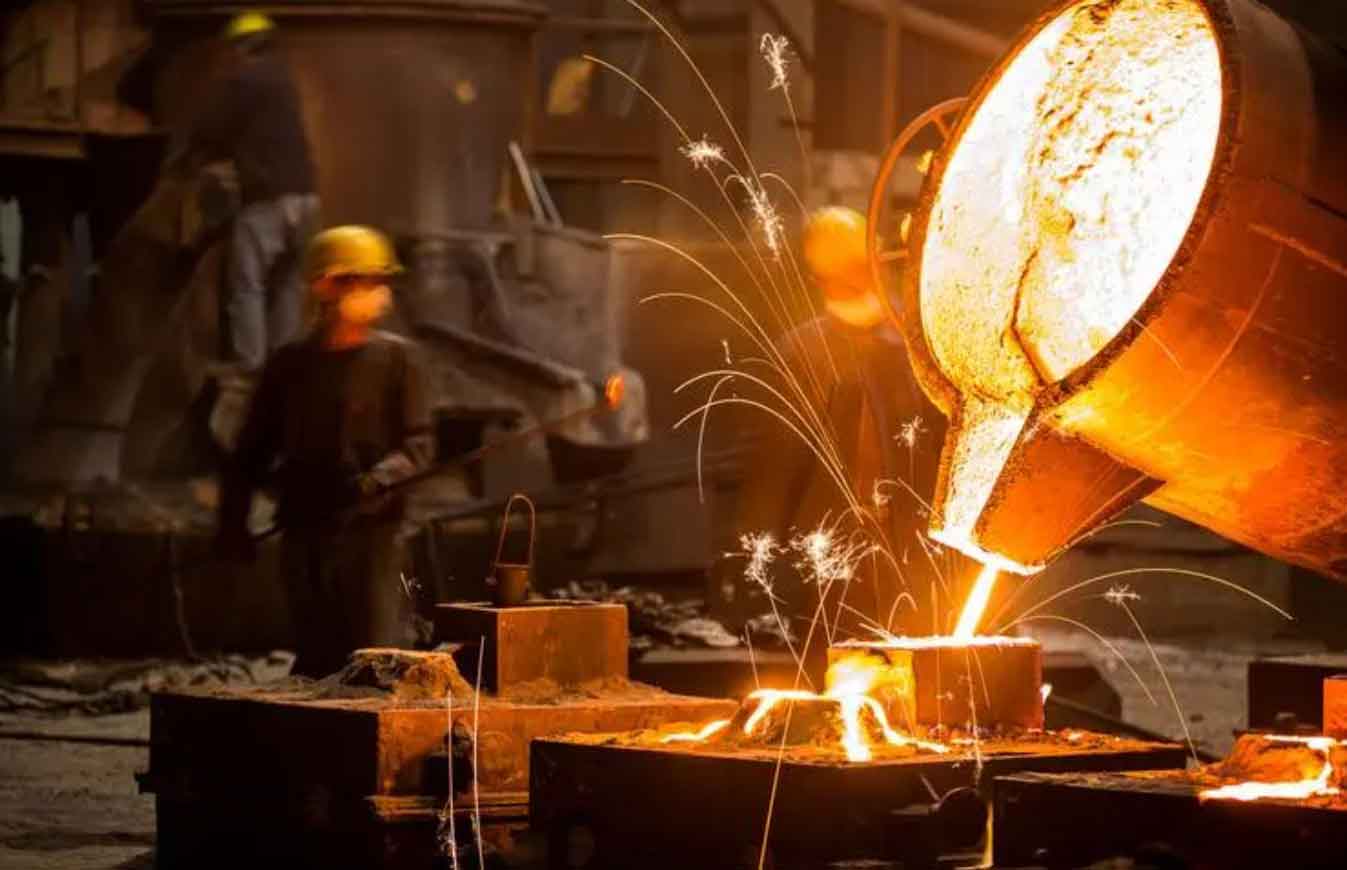
In traditional sand casting processes for steel and iron castings, resin sand and wooden patterns are typically used to form mold cavities within flasks. While effective, this method requires filling all gaps between the casting and flask with resin sand, which accounts for 20% of production costs. This paper presents a modular assembly tool system designed to reduce resin sand consumption while maintaining structural integrity in large-scale castings.
Challenges in Conventional Sand Casting
For hydroelectric ring-shaped components measuring φ4,600 mm × 1,100 mm, traditional sand casting methods exhibit a sand-to-metal ratio exceeding 13:1. The resin sand consumption can be expressed as:
$$ C_{sand} = \frac{V_{cavity} – V_{casting}}{\rho_{sand}} $$
Where:
– $C_{sand}$ = Resin sand consumption (kg)
– $V_{cavity}$ = Mold cavity volume (m³)
– $V_{casting}$ = Casting volume (m³)
– $\rho_{sand}$ = Resin sand density (1,600 kg/m³)
| Parameter | Traditional Method | New Assembly Tool |
|---|---|---|
| Sand Consumption | 21 tons | 16 tons |
| Sand-to-Metal Ratio | 13:1 | 11:1 |
| Molding Time | 48 hrs | 36 hrs |
Modular Tool Design Specifications
The assembly system comprises three core components:
$$ \text{Standard Block Dimensions} = \begin{cases}
H = 500 \text{ mm} \\
L = \{800, 1000\} \text{ mm} \\
t = 10 \text{ mm (carbon steel)}
\end{cases} $$
| Component | Material | Dimensions |
|---|---|---|
| Base Plate | Q235 Steel | 10×500×1000 mm |
| Reinforcement | Square Steel | 20×20×2000 mm |
| Connector | Seamless Tube | φ50/40×420 mm |
Assembly Configuration Mechanics
The octagonal configuration for φ4,000 mm cavities demonstrates optimal stability:
$$ N = \frac{\pi D}{L_{block}} $$
Where:
– $N$ = Number of blocks per layer
– $D$ = Internal diameter (4,000 mm)
– $L_{block}$ = Block length (1,000 mm)
| Layer | Blocks per Layer | Height |
|---|---|---|
| 1 | 8 | 500 mm |
| 2 | 8 | 500 mm |
| 3 | 8 | 500 mm |
Economic Analysis
The cost reduction model for sand casting processes shows significant savings:
$$ \Delta C = (C_{traditional} – C_{new}) \times P_{sand} $$
Where:
– $\Delta C$ = Cost saving per casting
– $P_{sand}$ = Resin sand price ($0.35/kg)
| Cost Factor | Reduction |
|---|---|
| Material Cost | 24% |
| Gas Defects | 62% |
| Molding Time | 25% |
Operational Advantages
The assembly tool system enhances sand casting efficiency through:
$$ \eta = \frac{t_{traditional} – t_{new}}{t_{traditional}} \times 100\% $$
Where $\eta$ represents time efficiency improvement (calculated at 25-30%). Key benefits include:
- Modular reusability (85% components reusable)
- Adaptive geometry configuration
- Reduced gas entrapment risks
Technical Validation
Field tests on hydroelectric ring castings confirm:
$$ \sigma_{assembly} = \frac{F_{max}}{A} \geq 2.5\sigma_{sand} $$
Where:
– $\sigma_{assembly}$ = Tooling structural strength
– $\sigma_{sand}$ = Resin sand compressive strength (1.2 MPa)
| Performance Metric | Result |
|---|---|
| Dimensional Accuracy | CT12 → CT10 |
| Surface Finish | Ra 25μm → Ra 12.5μm |
| Reusability Cycle | 150+ castings |
This innovative sand casting approach demonstrates significant improvements in material efficiency and production economics while maintaining casting quality standards. The modular assembly system proves particularly effective for large-scale castings where traditional sand consumption creates substantial cost burdens.
